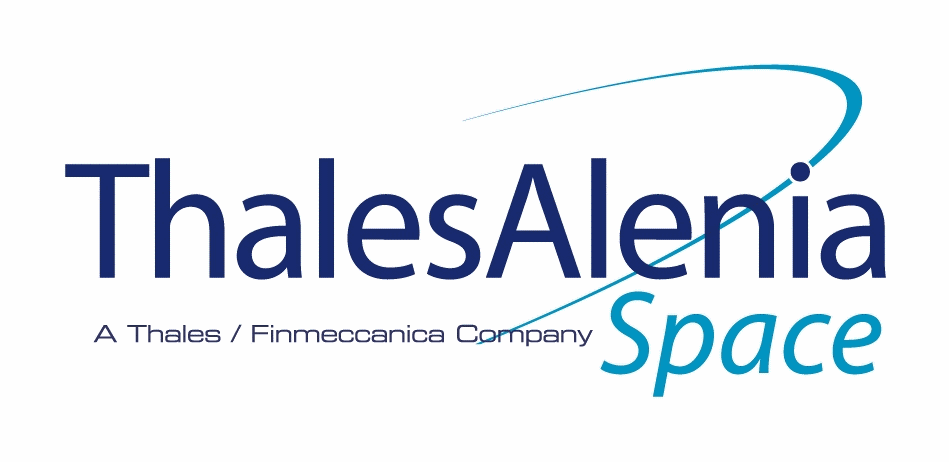
-
StatusOngoing
-
Status date2014-12-16
To check the interest to use ultrathin GaAs multi-junction cell technology on solar array, at system level, versus
- Mechanical solar array architecture type ( rigid or flexible)
- Cell characteristics and best estimated performances
- Cell technologies roadmap.
To pre-develop cell assembly technology with GaAs multi-junction solar cells on 20 µm and 80 µm Ge, and test at SCA level and at coupon level.
Tests of cell assembly technology based on GaAs multi-junction solar cells on 80 µm Ge, at SCA level and coupon level demonstrate the technical feasibility.
Pre-developments of cell assembly technology based on GaAs multi-junction solar cells on 20 µm Ge, demonstrate the need of specific coverglassing process and cell interconnection approach.
Selex ES and AzurSpace have identified the coverglassing process and cell interconnection type adapted to GaAs multi-junction solar cells on 20 µm Ge.
At system level, the use of rigid or flexible solar array is still open thanks to the possibility to use thin cell at least as described by SES and AzurSpace in this study, but also with :
- near term future (2015-2016)
- UMM approach
- IMM 4J in US.
- And for the 2020 time frame,
- LM based on dilute nitride,
- IMM 6J
- SBT.
- Thin cell in the range of 20-50µm are possible for all these technologies.
State of the art of cell technology has been done based on papers and cell manufacturer road-maps (AzurSpace, CESI, Spectrolab, Emcore, Sharp). The identified cell technologies are
- upright metamorphic (UMM)
- Semiconductor Bonded Technology (SBT)
- Inverted Metamorphic Multi junction (IMM)
- Lattice-matched cells based on dilute nitride (InGaNAs)
- With 4 to 6 junctions.
State of the art of solar array concept has been done based on bibliography. The identified solar array concept are
- Rigid mechanical architecture
- Flexible mechanical architecture
- Planar or with concentration concept
Completion of Final Review in October 2014.
NEOSAT program is already in the next development phase at cell level, solar array level and at system level.




